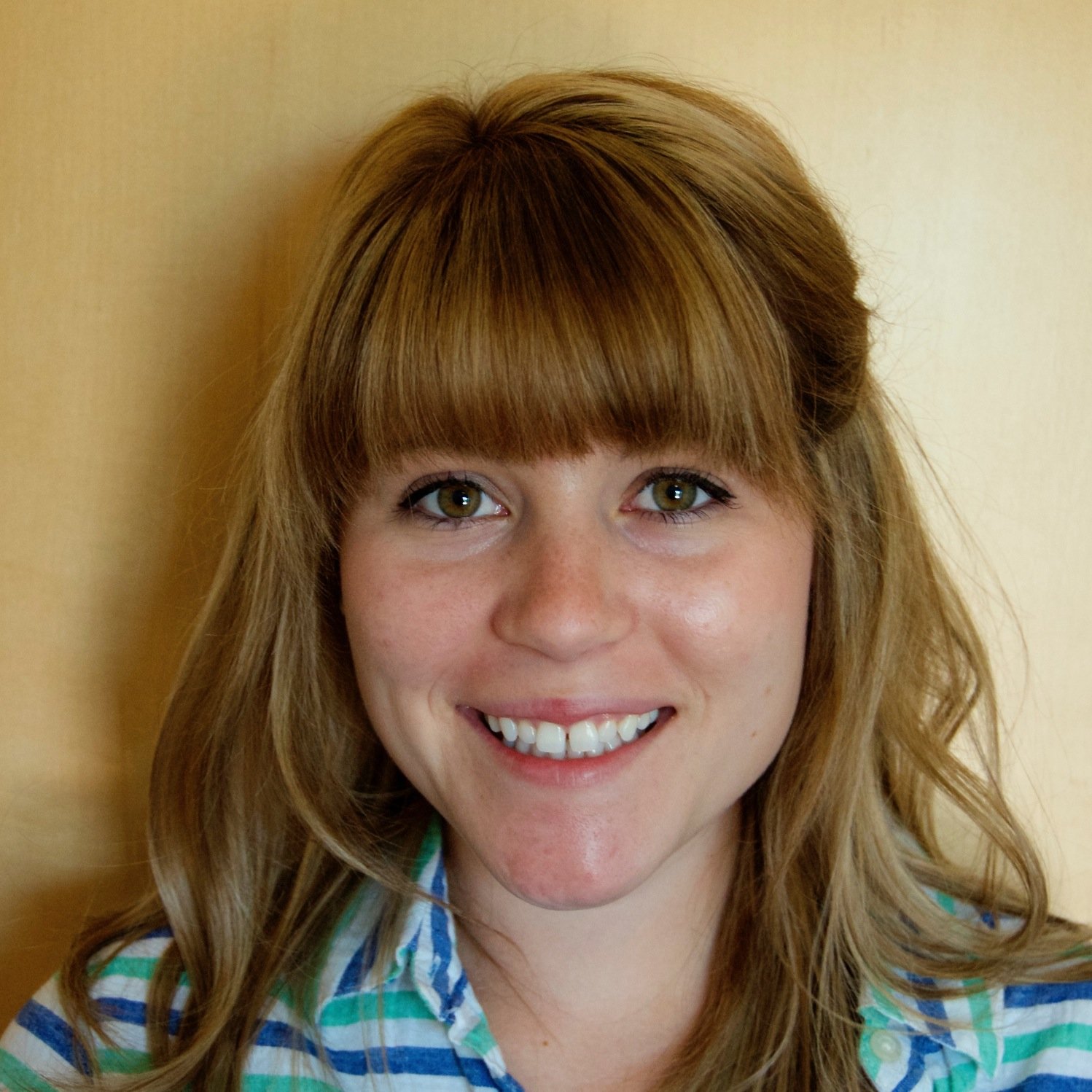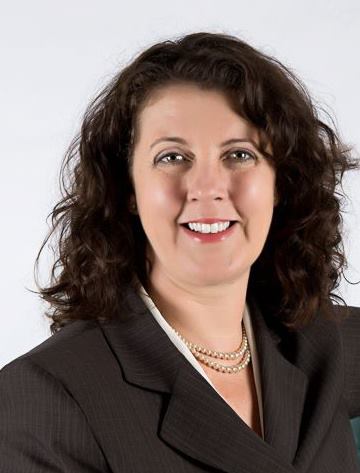- Home
- About Us
- The Team / Contact Us
- Books and Resources
- Privacy Policy
- Nonprofit Employer of Choice Award

Did you know that there is a small army doing research on the charitable sector in Canada? Okay, not an army exactly, but a group of very committed, curious and enthusiastic fundraising management students at Humber College in Ontario.
As part of the one-year graduate certificate program, students are assigned research projects focused on the charitable sector. Important questions are being asked about a plethora of subjects, including: donor retention, gender dynamics in the charitable sector, refusing donations, and measuring the impact of volunteers to name a few.
Perceptions around planned giving
 Rebecca Farrell, a student in the Humber program, wanted to find out more about how many charities were talking to their donors about bequests. She also wanted to understand what the barriers were for charities that did not have planned giving programs in place, since planned giving can be such a lucrative fundraising channel.
Rebecca Farrell, a student in the Humber program, wanted to find out more about how many charities were talking to their donors about bequests. She also wanted to understand what the barriers were for charities that did not have planned giving programs in place, since planned giving can be such a lucrative fundraising channel.
As part of her research Rebecca conducted a survey and received responses from 128 charities in Canada. Of those, 44.53% said they did not have a planned giving program in place. Almost half! Which of course then begs the next question: WHY?
It turns out that:
- 66.67% charities indicated they did not have staff with knowledge of planned giving.
- 77.78% did not have the budget to implement a program.
When the perception is that there is no time, knowledge and resources to implement a planned giving program – it is understandable that so many charities in Canada are missing out on what I consider to be the most rewarding and satisfying relationship an organization can have with their donors.
Moving the needle
 I know that a modest Planned Giving program can be simplified and integrated into your existing body of knowledge and workload. The key is to decide that it is time to make it a priority. Here are some actions you can take today to get you started:
I know that a modest Planned Giving program can be simplified and integrated into your existing body of knowledge and workload. The key is to decide that it is time to make it a priority. Here are some actions you can take today to get you started:
These best practices are grounded in a case study of how a small team at Ontario Nature secured over 69 expectancies (two of which totaled $1,500,000 in less than two years. It is possible!
It can be daunting when you are starting from scratch and are operating with limited capacity. It is okay if you are not an expert in complex gift planning vehicles. It is okay if you don’t have a full expense budget to start. You can use your website and newsletters to simply start the conversation. Eventually, you can build an expense line into your budget from bequest revenue. You will learn a lot – very quickly – once you make it a priority.
If you are interested in learning more about planned giving you can find a lot of other articles on this subject right here on the Hilborn Charity Info website, I recommend you start with this one from Leah Eustace and then search within the site for “planned giving”.
If you would like to read Rebecca’s research paper she would be happy to hear from you. Email her at: refarrell.14@gmail.com or tweet her at @rebeccafarrell
Kimberley is deeply passionate about building the capacity of the charitable sector. As Editor of Hilborn, Charity eNEWS she is always sourcing out excellent content to share. Kimberley also works with a variety of organizations to advance a culture of philanthropy among staff and senior volunteers, and ultimately raise more money for their missions and serves as part of the Relationship Fundraising Advisory council for the Rogare Think Tank. Contact her via@kimberleycanada, email her, or visit www.kimberleymackenzie.ca.